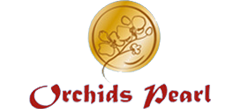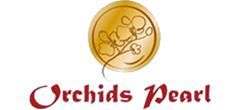History and facts of Australian Manuka Honey
2022-05-13 From: Australian Manuka Honey Association Browsing times:108
The origins of Manuka honey
Bees produce Manuka honey from the flowers of Manuka plants (Leptospermum spp). For a brief history of the origins of Manuka plants and their honey, read more below.
· In 1776, Leptospermums first described by Johann Forster. Johann Forster initially described Leptospermums in his 1776 study Characteres Generum Plantarum. Native to Australia, many endemic species of the Manuka plant are found nowhere else in the world. They evolved over millions of years and are very tolerant to drought and fire, which makes them well adapted to the Australian climate.
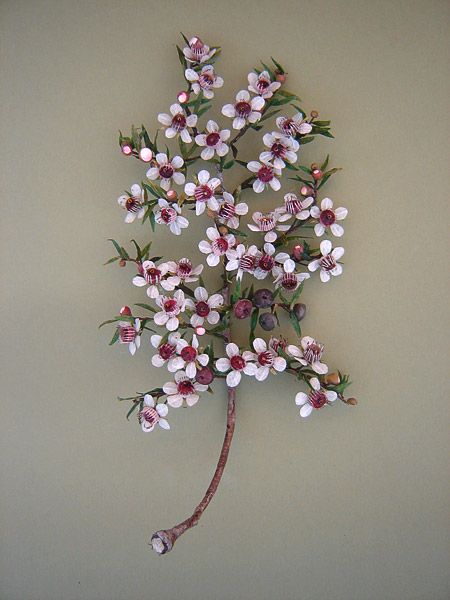
· 1988, The unique therapeutic benefits of Manuka discovered. Research carried out in the 1980s identified the unique therapeutic benefits of Manuka honey when used in a clinical setting (Molan & Russell, 1988).
· 1996, The largest number of native Leptospermum species is found in Australia. Australia is home to 84 of the 87 known Leptospermum species worldwide, including the Leptospermum Scoparium species (Wrigley J, Fagg M. 1996). Only one species is found in New Zealand, with the NZ species originating in Australia.
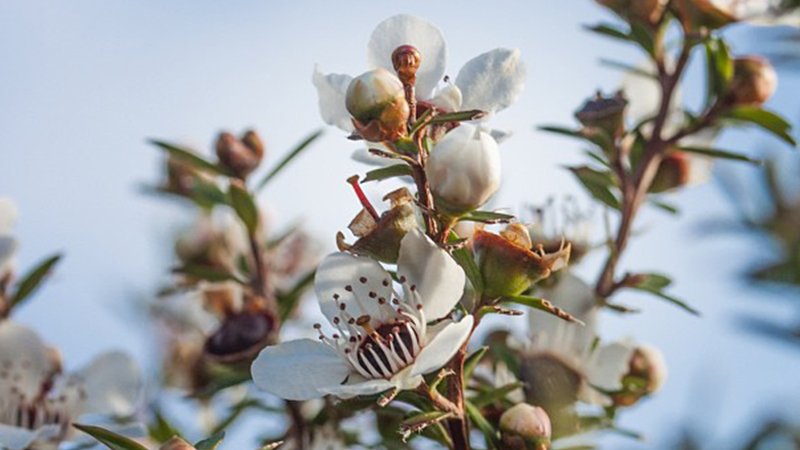
· 2009, Manuka's role in the fight against antibiotic-resistant pathogens. Studies have uncovered that bacteria with resistance to modern antibiotics (becoming superbugs) cannot develop resistance to the activity of Manuka honey (Blair et al. 2009). Manuka effectively inhibits problematic bacterial pathogens, unlike any other known antimicrobial, with attempts to generate honey-resistant bacterial strains in a laboratory unsuccessful.
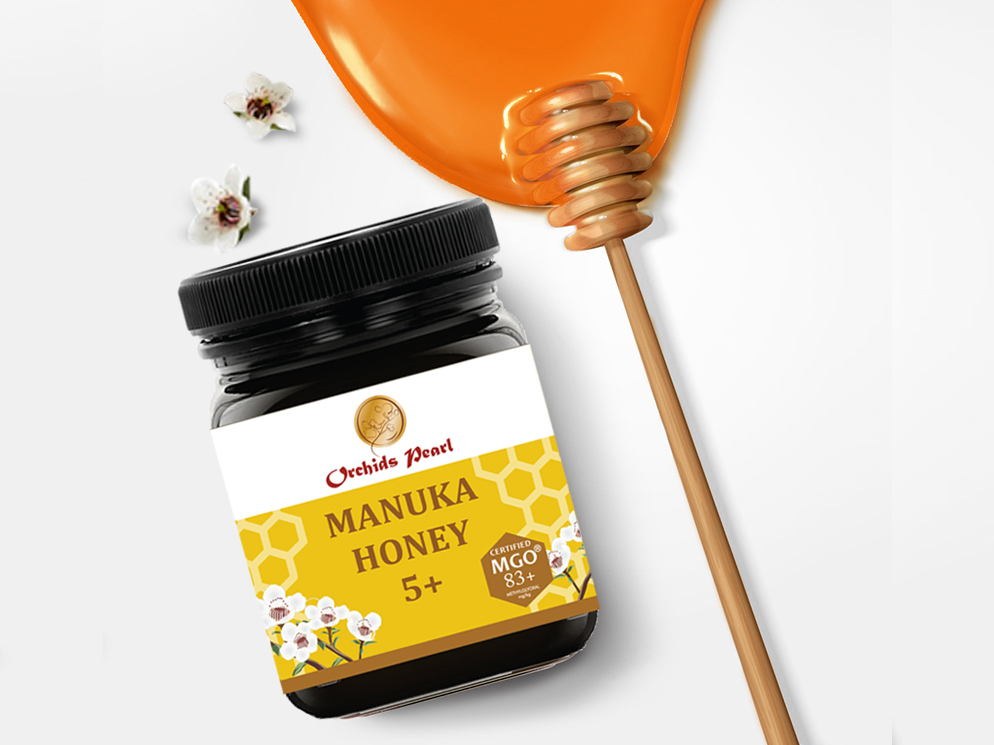
·2016, Exceptionally high levels of activity found in Australian Manuka honey. Exceptionally high levels of MGO have been discovered in Manuka honey samples sourced in Australia (Cokcetin et al. 2016). The levels of DHA and MGO found in some Australian honey is comparable or higher to than those observed in New Zealand Manuka honey.
